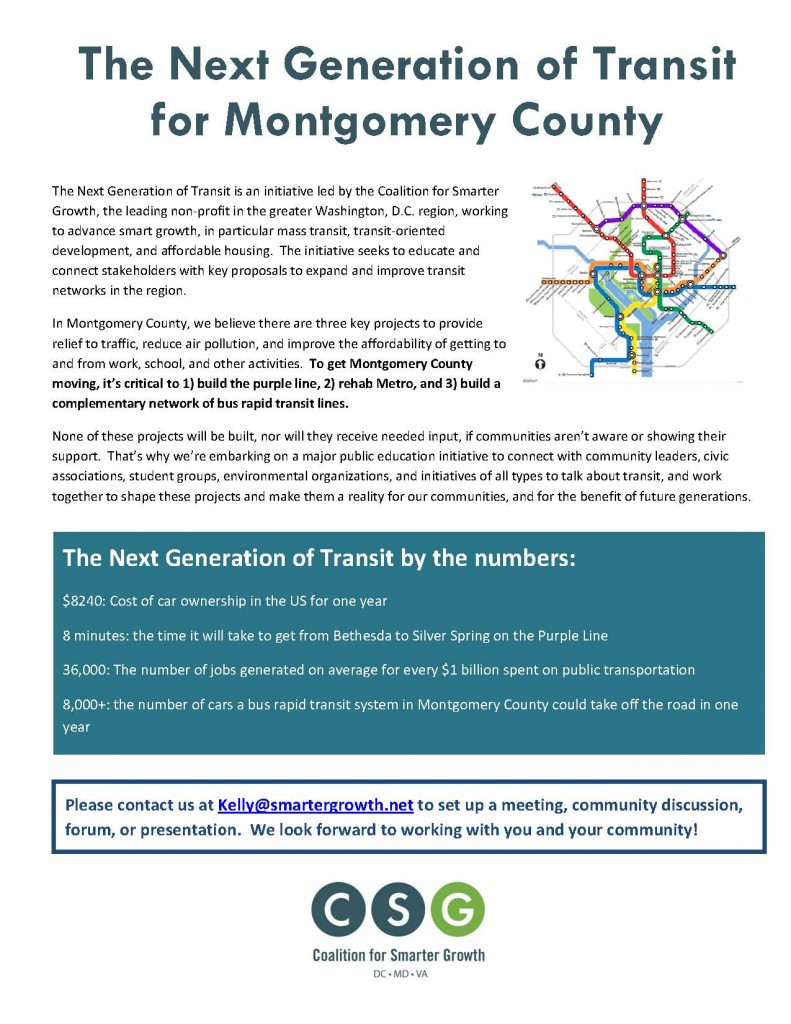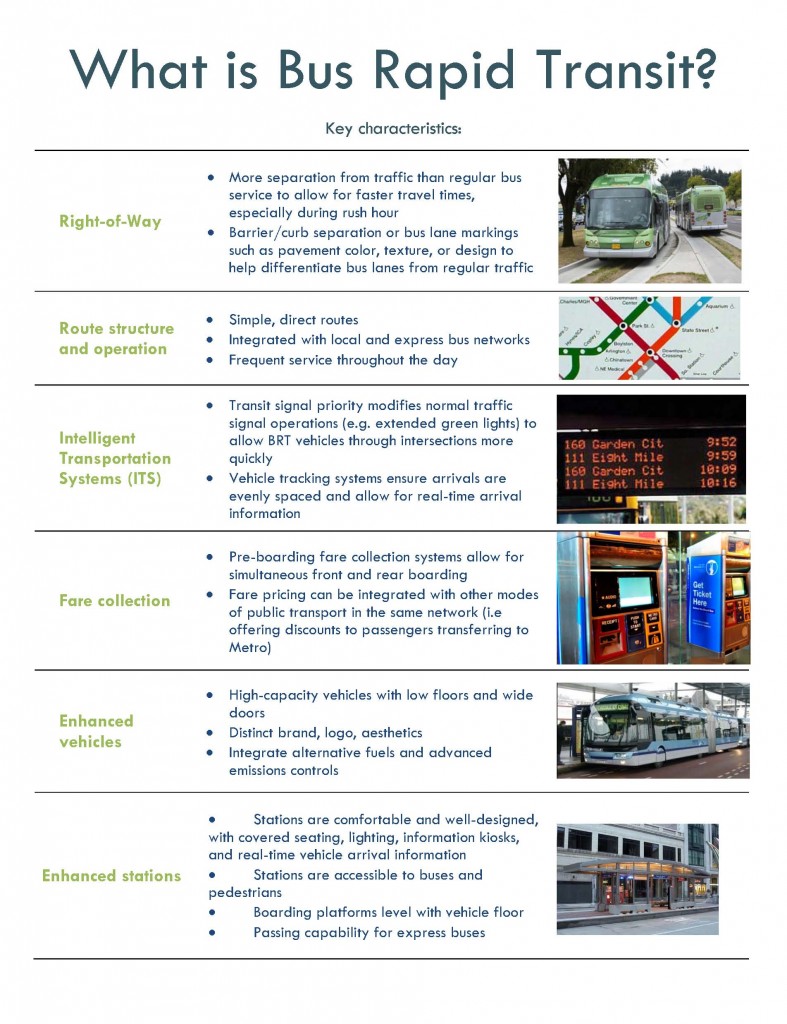Without new money the Purple Line and the Corridor Cities Transitway may be put on hold, and one Montgomery County councilmember believes the governor needs to take a more active role so that doesn’t happen.
“I don’t think the governor has gotten engaged as much as he needs to,” said Councilmember Roger Berliner at an event with the Coalition for Smarter Growth.
“It pains to read the paper that in Virginia they’re going to pass a gas tax. They’re closer to it than we are, with Gov. McDonnell pushing it, cutting deals to make it happen. I don’t see it in Maryland,” Berliner said.
The Maryland Department of Transportation recently told the Montgomery County Council that the transportation projects would be put on hold.
Montgomery County Chair Nancy Navarro and Councilman Berliner sent them a letter calling the idea “unacceptable.”
“Nothing will happen right away in the new fiscal year on July 1,” Acting Deputy Secretary of Transportation Leif Dormsjo told WTOP.
“We would gradually wind down the project over the months. The consultants would be let go and the money would be reallocated to other purposes.”
Dormsjo said the shutdown date would likely be late summer, with the money for both projects redirected for MARC trains and MTA buses.
“I don’t understand the transportation department’s position. They’ve invested so much in this program. They need to work with the legislature and find the money,” says Berliner.
Dormsjo says the transportation department is working with lawmakers and remains optimistic that a deal will be reached.
“It has been extremely frustrating. Every time we’re close to construction, we run into a funding issue,” says Barbara Sanders of Silver Spring, who is active in the push to build the Purple Line.
The 16-mile light rail line from Bethesda to New Carrollton would cost about $2.15 billion and is slated to open in 2020, although a delay could push back the date several years.
“We need this job centers in Bethesda, Silver Spring to New Carrollton interconnected. It’s critical to the revitalization of these communities. It’s critical for people to avoid this crushing Beltway traffic,” said Stewart Schwartz, executive director at the Coalition for Smarter Growth.
“The problem will only get worse if we don’t give them options like the Purple Line,” Schwartz said.
“Current ridership data suggests that there very few riders today that are making the New Carrollton-to-Bethesda trip. The Purple Line would actually increase demand on the existing Metro system and at our core stations. We are currently out of capacity in our core stations,” says Shyam Kannan, director of planning for Washington Metropolitan Area Transit Authority, the agency that runs the subway.
Kannan says the Purple Line would only increase the need for Momentum, an effort from the agency to increase rail and bus capacity to deal with rising population and demand.
“I want construction to start 2015, as planned. I don’t want another five-year delay. It would be awful,” says Ben Ross with the Action Committee for Transit of Montgomery County.
Delegate Mike Smigiel, a Republican from the Eastern Shore, opposes raising the gas tax and replenishing the Transportation Trust Fund because he thinks it’ll drive Maryland residents to Virginia and Delaware to fill up their tanks.
Smigiel and other critics also are unwilling to accept tax increases on all Marylanders to help pay for projects that only benefit Baltimore and Montgomery County.
Smigiel points to the InterCounty Connector, partially financed with tax dollars, as an example of what he calls a “boondoggle.”
“This transportation funding issue isn’t just about transit like the Purple Line. This is also about money to deal with a huge backlog of road projects. The rural areas have roads with potholes, roads that need paving and aging bridges,” said Schwartz.
“There are people who don’t like Montgomery County because of our role in the state, but the reality is that we provide 30 percent of the tax revenues for the state. We are the economic engine for the state of Maryland. If you plug the engine, it’s not good for Western Maryland, Baltimore or Southern Maryland,” Berliner said.
The Department of Transportation tells WTOP that it’s drafting a letter in response to the Montgomery County Council that will be sent in the next few weeks.
Read the original article on WTOP.
Photo courtesy of Ari Ashe.











